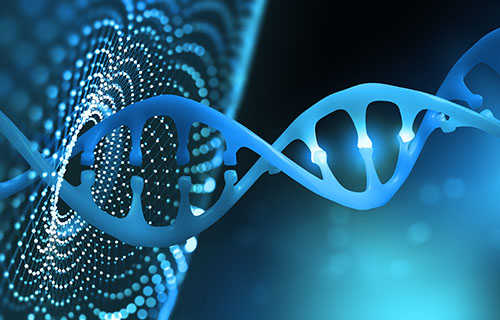
How Does PacBio SMRT Sequencing facilitate AAV Vector Development?
Recombinant adeno-associated virus (AAV) has emerged as one of the primary vectors for gene therapy. This is because it has many desirable properties, including lack of pathogenicity, efficient infection of dividing and non-dividing cells, and sustained maintenance of the viral genome. With an excellent safety profile in numerous preclinical studies and hundreds of clinical trials […]


 Sample Submission Guidelines
Sample Submission Guidelines







